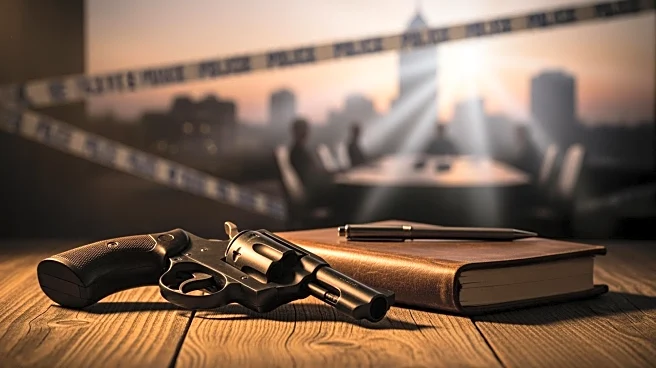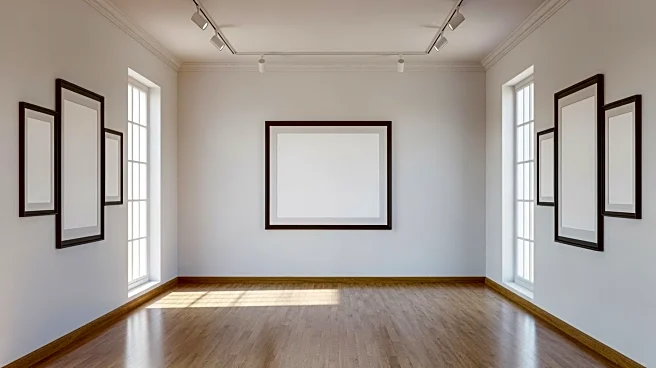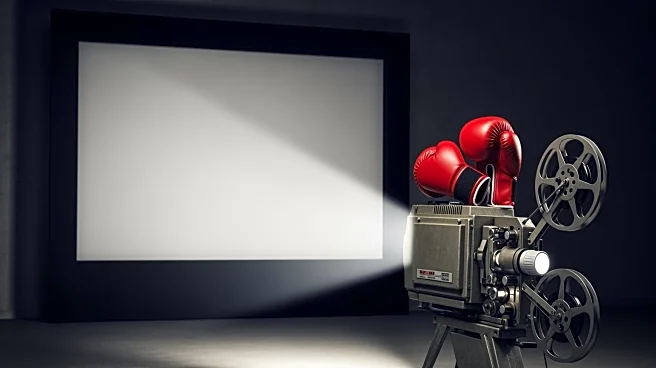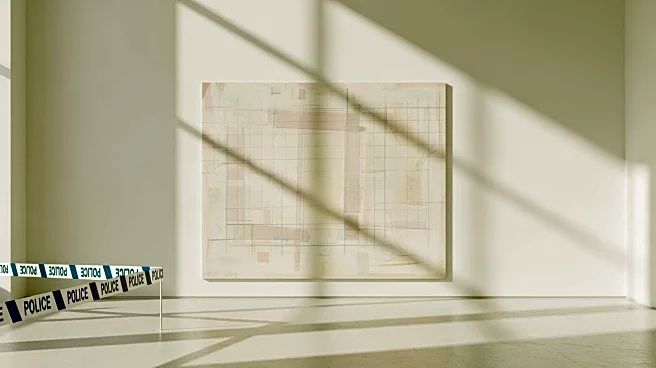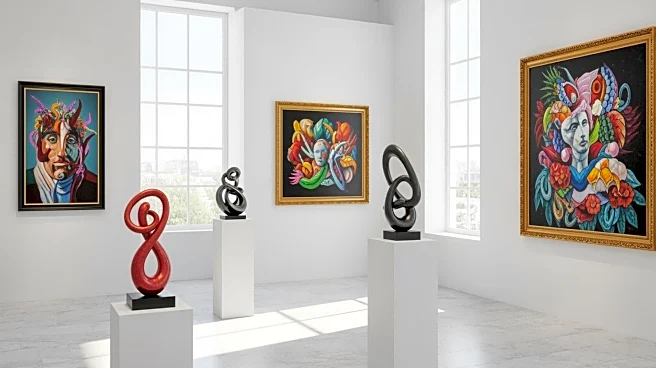What's Happening?
Ayoung Kim, a South Korean artist known for her time-based art, is showcasing her latest performance, 'Body^n,' at the Canyon venue in New York as part of the Performa biennial. This performance marks
Kim's first live motion capture event, featuring four actors whose movements are projected onto avatars on large screens. The show is part of Kim's 'Delivery Dancer' series, which explores themes of identity and digital presence through motion capture technology. The performance includes actors Hyesook Kim and Cha-i Kim, alongside contemporary dancers Jenny Gao and Kimie Parker, who bring the narrative to life with choreography.
Why It's Important?
Kim's work is significant as it bridges the gap between digital and physical art, offering audiences a unique experience that combines live performance with advanced technology. This approach challenges traditional notions of identity and presence, highlighting the evolving relationship between humans and technology. The performance also underscores the growing trend of integrating digital elements into live art, which could influence future artistic expressions and audience engagement. By making the human labor behind digital art visible, Kim's work prompts discussions on the role of technology in art and its impact on cultural narratives.
What's Next?
The performance is scheduled for three evenings, providing limited opportunities for audiences to experience this innovative blend of art and technology. As Kim continues to explore transmedial storytelling, her work may inspire other artists to incorporate similar techniques, potentially leading to new forms of artistic collaboration and expression. The success of 'Body^n' could also encourage venues like Canyon to host more technology-driven performances, expanding the scope of contemporary art exhibitions.
Beyond the Headlines
Kim's performance raises questions about the ethical implications of motion capture technology in art, particularly regarding the representation of identity and the potential for digital avatars to alter perceptions of reality. As technology becomes more integrated into artistic practices, artists and audiences alike must navigate the complexities of digital presence and its impact on cultural and social dynamics.





